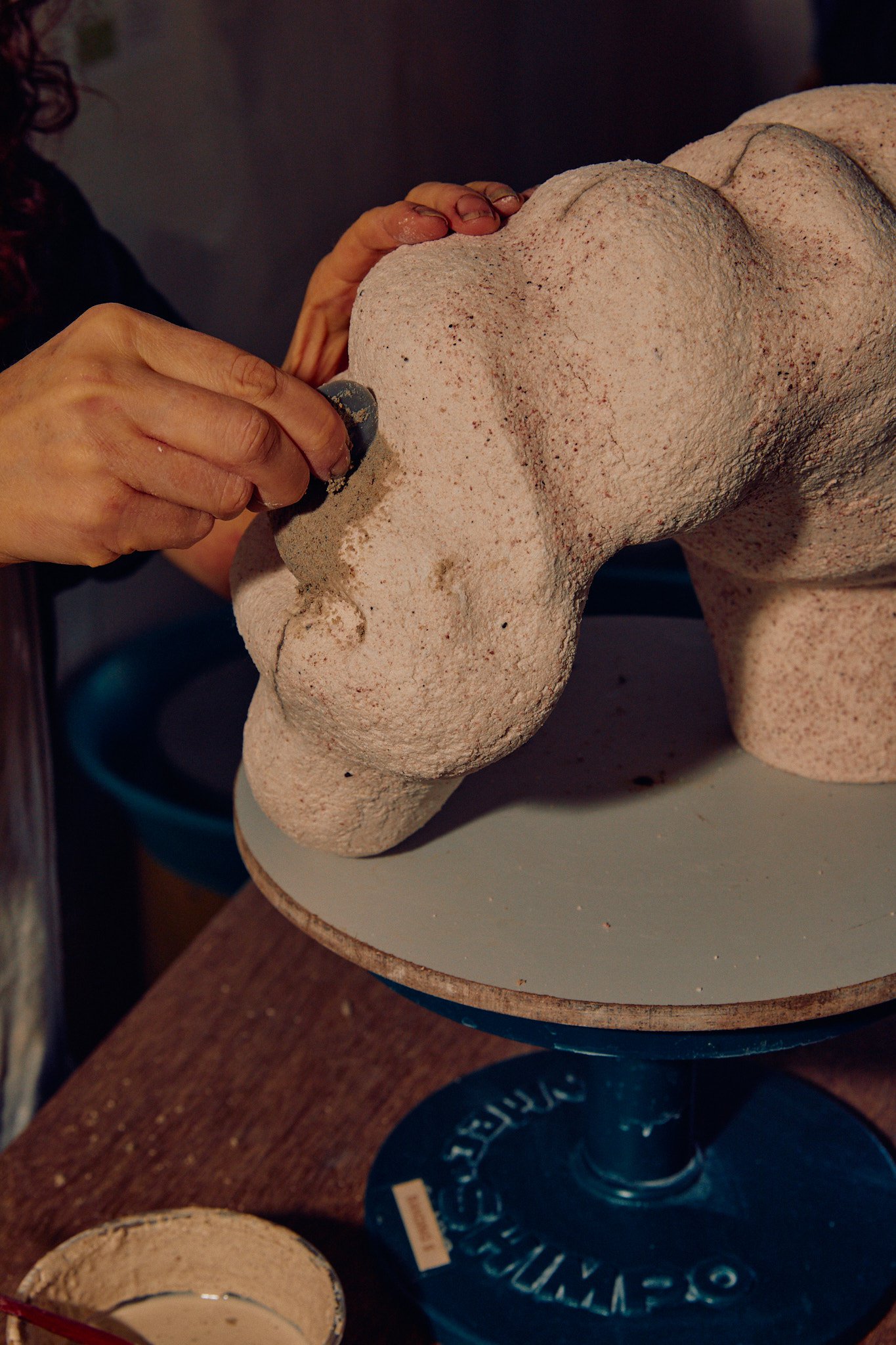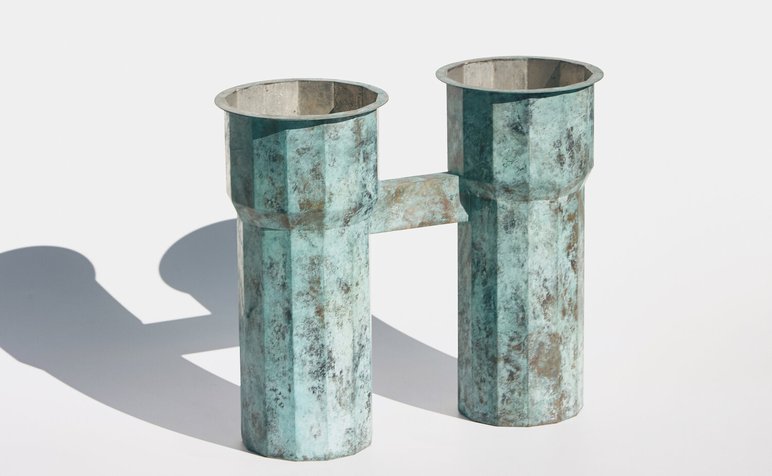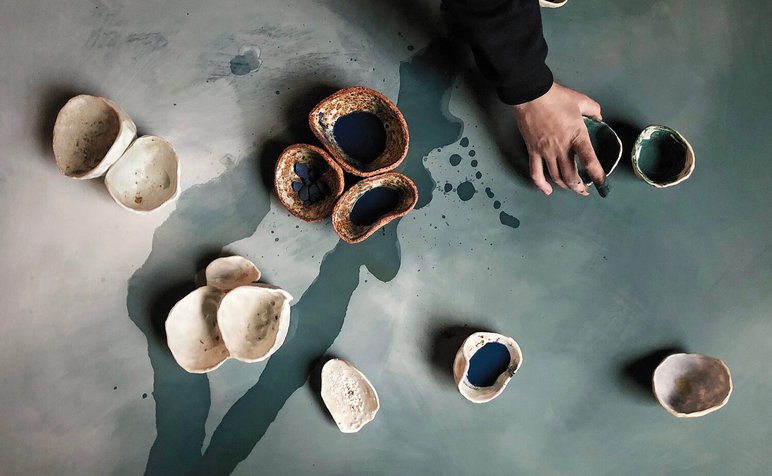
Craft Conversations
Artist Narelle White approaches ceramic labour as a field of enquiry and discovery. Having developed her own clay body (matter carefully embedded with organic combustibles and foodstuffs), she engages her materials as wilful co-conspirators and creates evolving installations that observe the animacy of matter.
Can you tell us more about your interest in material practice?
I am curious about how materials behave (including ideas around material agency or animacy) and I enjoy deciphering their poetic effects. Working with an unruly clay-body brings me close to how materials feel and behave. I enjoy observing how they reveal their personalities in processes of making and how they disclose their effects in the kiln.
I particularly enjoy clay-bodies that are wilful and rebellious. These clay-bodies are forever crumbling or collapsing. They refuse my invitation to do one thing and instead do another. They insist on a conversation or negotiation. It’s a process that teaches, maddens, humbles and inspires me.
A side effect of this process is a qualitative shift in the way I value the work. Having physically invested in formulating a work’s material composition, and being a witness to its metamorphosis, I am invested in its care and conservation. The work is one of a kind. The materials are finite.
How does your approach to ceramic practice differ to more conventional and traditional processes?
My processes are a little different to conventional ceramics, which has traditionally foregrounded the enduring and impermeable object. I am indebted to these traditions but also interested in works that are short-lived in the world. I make highly granular clay-bodies that are low in plasticity and extremely impractical. They can be willful and rebellious – forever collapsing, cracking or crumbling. They resist or refuse my invitation to perform a certain way, and they surprise me by doing something else entirely. It’s not always easy to relinquish control and follow the material. But this way of working delights and inspires me. I embrace the process, and the works teach and humble me. And to be honest, the works make choices in the kiln that I would never have imagined and they are much better for it. Most of my works are fired multiples times in a creative cycle of collapse and repair. Every test and ‘failure’ is carefully preserved and folded back into new sculptures. The unlikely ceramic artefacts that arise can invite a close and curious gaze. They may excite our desire to contemplate and decipher material phenomena. I see this spark of curiosity or recognition as a reminder of our kinship with the material world.
Why do you think we need to reflect and re-evaluate our approach to material in craft and design practice?
Artists, makers and designers are intimately attuned to matter. Developing an art practice has taught me the reciprocity of material enquiry. It is a critical dynamic to recognise. What we do to the planet, we do to ourselves. Molecules of the clay we know today have evolved over millions of years, and this warrants our care and attention.
The word ‘material’ is often taken to denote ‘something we might do something with’. But such an instrumentalist approach to the material world has got us into trouble. I wonder if there are other ways of thinking.
My personal hope is to articulate an ethic of care through my work. I am thinking about the quality of artist-material relations and how this manifests in an artwork. Working in collaboration with matter requires recognition of mutual interdependence. It is critical to examine the way we think about seeing materials.
What responsibilities do artists, makers and designers have towards material practice?
Like most practitioners, I am keenly aware that elements of my practice (and elements of ceramics in general) are simply unsustainable. I wonder about the environmental legacy of my work and where we are headed. I am full of questions and unsure of answers.
For clay-workers puzzling about all of this, perhaps I can suggest the ‘Potters Pledge’. Written by a group called Clay Matters (claymatters.com.au), the pledge is about making sustainable and ethical choices. Referring specifically to clay and kilns, its mission is “to encourage clay workers to lead and inspire climate action, embed environmentally friendly and sustainable practices in the studio, and strengthen individual and social commitments to carbon reduction”.
What is exciting about the material you are working with?
I love the playful, tactile messiness of an unruly clay-body. And sometimes, at lucky moments, I love the unexpected feats it performs in the kiln.

